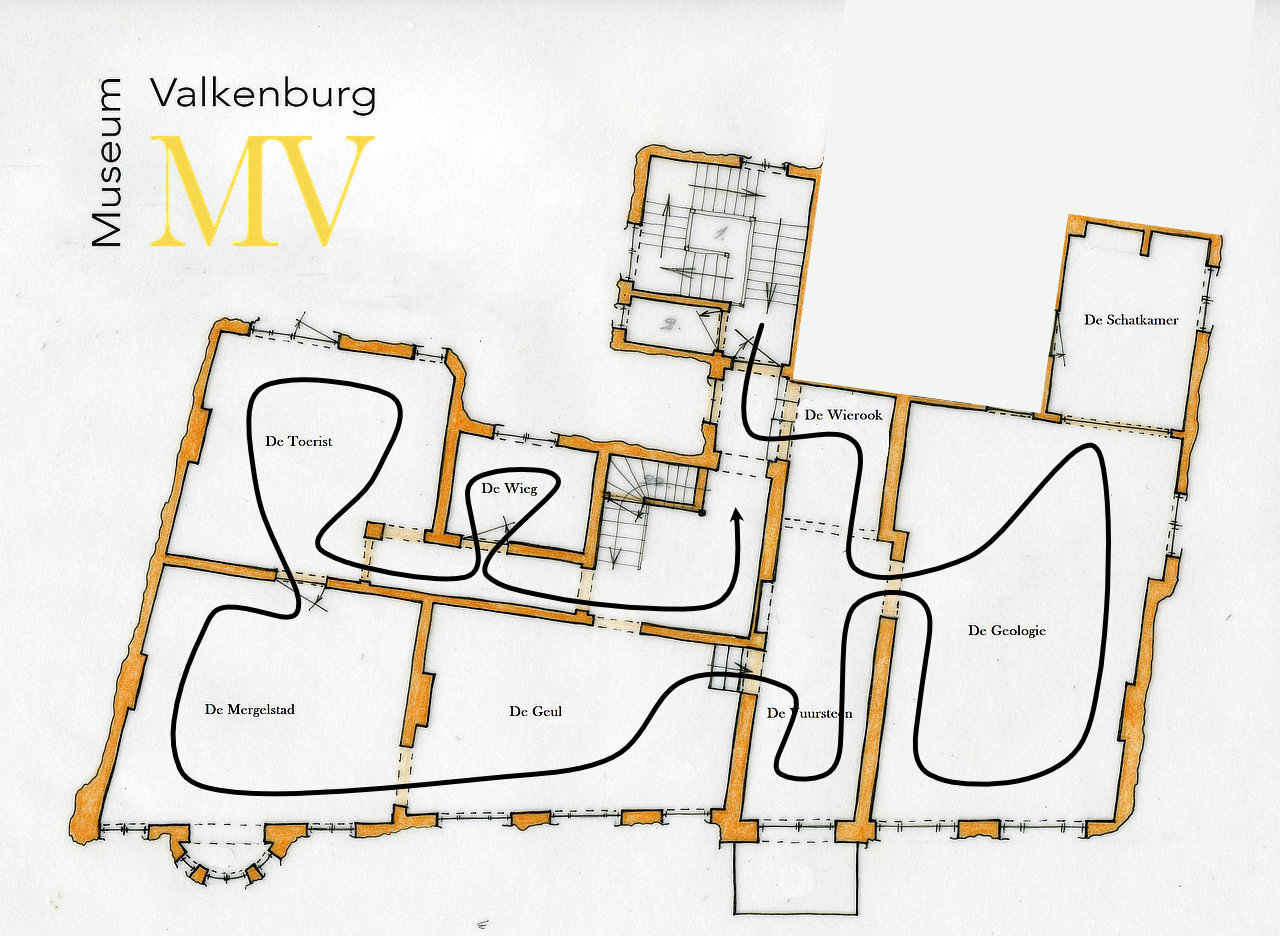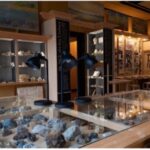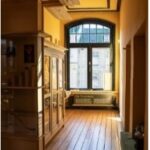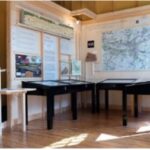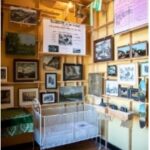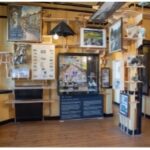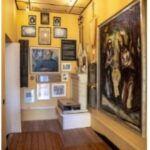Go on a journey of discovery through different eras that characterize Valkenburg. About marl, the ruins and tourism.
On the Middle Floor you can see an overview of the history of Valkenburg. The origin of the earth in De Geologie, followed by the archaeological era with attention for the Stone Age in De Vuursteen, for the Romans in De Geul and the Middle Ages in De Mergelstad. The 19th and 20th centuries are discussed in De Wieg and De Toerisme. There are also “trips” to De Schatkamer, where a part of the Museum’s depot is shown. De Wierook gives an impression of the rich Roman Catholic life in South Limburg.
The Middle Floor has been designed by designer Paul Tieman in such a way that the visitor can go his own way, exploring the different corridors and rooms. The layout of the halls is constantly changing. Sometimes there are small (exchange) exhibitions.
An impressive collection of fossils and stones from the immediate area, divided into the various geological periods. Two pioneering Limburg geologists, the Felder brothers, have been given a separate place in the Felder cabinet.
Flint is formed in the locally present lime layers (marl). Flint was extracted in prehistory to experience tools and the like. The first artifacts date from at least 50,000 years ago. In Valkenburg, including the Plenkertstraat, traces of delving have been found again, the Vuursteenmijntjes. The tracks are more than 6,000 years old. The museum presents artifacts and their discoverers.
The Romans did not just come to live in these regions, it was conveniently located on the river the Geul and had fertile loess soils. Discover how the Romans shaped their civilization in this region with luxury villas, roads and what they gave their deceased in the grave.
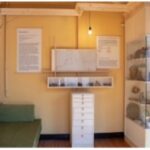 Plenty of archeology in De Geul: the “Origin of Ceramics” shows that the Meuse and Rhine area (river clay) has a long history of pottery. There is also a nice overview of the excavated ceramics at Houthem Sint Gerlach, dating between the 12th and 20th centuries.
Plenty of archeology in De Geul: the “Origin of Ceramics” shows that the Meuse and Rhine area (river clay) has a long history of pottery. There is also a nice overview of the excavated ceramics at Houthem Sint Gerlach, dating between the 12th and 20th centuries.
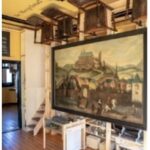 De Mergelstad (The city of Marl)
De Mergelstad (The city of Marl)
The large nineteenth-century painting looks back on Valkenburg from centuries before. View the many finds of the Ruin, the Castle on the Heunsberg, Genhoes and Schaloen. Some finds come from the town itself, namely the Berkelstraat and the Halderpark..
The history of marl extraction, block breakers and their tools must of course not be missing.
In Valkenburg stood the cradle of Theodor Dorren, founder of the current tourist office (‘VVV’), association for alien traffic. Landscape, natural beauty and tranquility were key words to attract tourists, initially the wealthy elite of society.
Valkenburg soon became a true holiday resort. The middle class and normal families can also afford a vacation. Recall nostalgic memories with posters, photos and impressions from the past.
For a long time, the rich Roman Catholic life was indispensable from South Limburg, not even from Valkenburg and its various cores. Who remembers where a little play altar, processional flag and processional candle holder, devotion boxes, holy water bowl, corpse board and rosary served?
De Schatkamer (The Treasure Chamber)
In De Geologie, a part of the depot can be seen through a window. Due to the construction with rails, a different work can be highlighted each time. Charles Eyck, who lived in Valkenburg for a long time, is prominent in the collection.
Art on the Middle Floor
There are 3 works from the Schoonbroodt collection in the hall: painters from the North who were drawn by the Limburg landscape. In De Geologie, paintings by Marte Hameleers and Thonet chairs edited by Joyce Wolters. De Mergelstad has an art object in the form of a look-through window with “View of the castle” by Natascha Waeyen. On the balcony at De Vuursteen there will be a work of art by Michel van Henten. Sanne Puyk took care of the green, hand-colored linen of the sofas and various textile objects in De Wieg.

